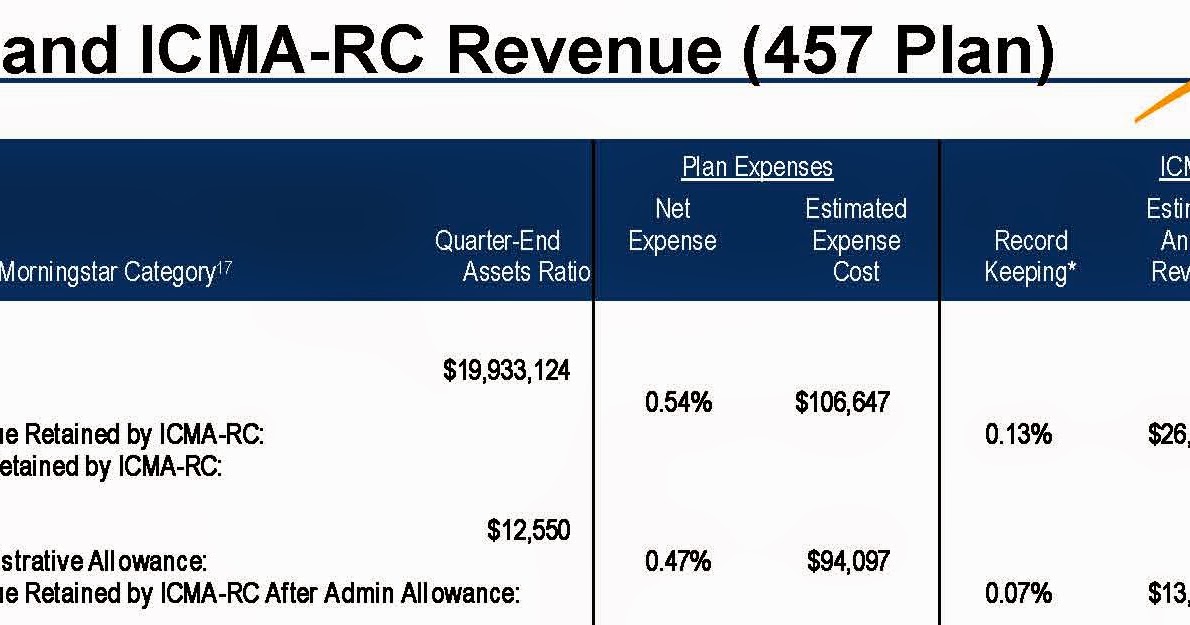

If the fund charged an expense ratio of 1%, its investors would have seen the value of their shares by 28.7% – 1%, or 27.7% for the year. For example, if a fund invested in every stock in the S&P 500 index in the same proportions as the index, it would have gained 28.7% in 2021. The fund’s costs are withheld as a fee from each investor’s shares of the fund, in proportion with the expense ratio.

The expense ratio directly measures what it costs an investor to own shares of the fund. 1% is a middle-of-the road expense ratio for many types of funds. For example, if a fund had an average of $10 billion in assets in 2021 and paid $100 million in expenses that year, its expense ratio for 2021 would be 1%, or 100 basis points. These costs are borne by the fund’s investors and reported as an expense ratio, or percentage of the average net assets of the fund.Ī mutual fund expense ratio is sometimes expressed in basis points (abbreviated bps), where a basis point equals. There are many costs involved in running a mutual fund or ETF – e.g., salaries, research, accounting, marketing, shareholder communications, and the manager’s profit. Learn more about expense ratios so you can select the mutual funds and ETFs most likely to generate the highest returns. Expense ratios are crucial to investors because the fees paid can reduce the investor’s returns.Ī fund’s expense ratio is determined by dividing its total annual fees by the value of its assets. A fund’s expense ratio indicates the percentage of an investment that a shareholder pays in fees to the fund manager. Mutual funds and Exchange-Traded Funds (ETFs) incur costs that are passed along to the fund’s shareholders, in the form of fees deducted from every share.


 0 kommentar(er)
0 kommentar(er)
